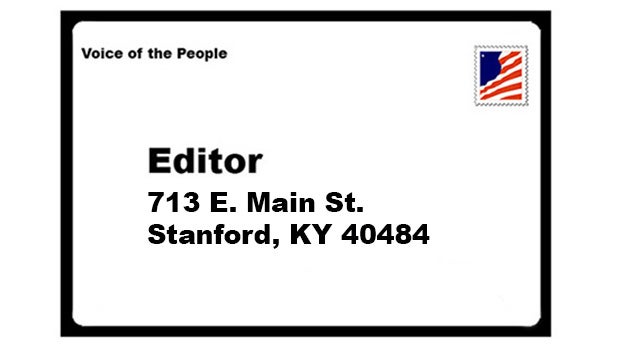Making schools safe is possible, but it takes willingness to change
Published 9:48 pm Thursday, April 26, 2018
Editor’s note: This is the first of four opinion columns from crisis management expert Thomas Preston, looking at how schools and their communities can take appropriate steps to prevent school shootings. Check back next week for part two.
By Thomas L. Preston
Guest columnist
The essence of school safety is intensely emotional. Highly controversial with regard to solutions, this boiling situation requires our very best directions, not just for calming the waters but also for long term security among all educational locales.
Time is a crucial factor because most schools are soft targets despite recent, and some older, protective measures.
Frankly, a large majority of well-meaning individuals of diverse backgrounds and varied ages speak out in knee-jerk fashion. They do so minus first-hand knowledge and especially tactical experiences necessary for this level of danger abatement, which demands ultimate solutions — workable solutions.
Swarms of proliferating, misleading information dominate messages. Surges in social technology perpetuating inflammatory and false statements go unchecked. A responsible, professional media must be at the forefront against such provocations.
Addressing active shootings where immediate, then subsequent actions are required can succeed only through thoughtful, mature dialogue, leading to wise decisions.
To further explain, let me introduce five key issues pertaining to our challenge:
A. Without complete access control of a school building, interior security will be negated severely. Threat separation is paramount. It begins along perimeters of school property. More details about this piece of the puzzle in part two of this series.
B. If all of today’s commentary from the highest seats in Washington to individuals within families truly desiring solutions for eliminating educational facility shootings is accurate, then we all must be willing to share in the monetary cost. It will require considerable earmarked tax dollars. I will stress this fact in part two.
C. School officials must prove their sincerity by demonstrating willingness to accommodate change. At times, these will become quite arduous transformations in daily scheduling, policies and procedures. Concurrently, officials and staff must pay greater attention to all clues available about a suspect who might be contemplating or already prepared to commit a horrendous act.
One frequent expression, “Oh we can’t do that . . .” has no place in our rapidly evolving culture. Boards, superintendents, principals, teachers and others are expected to be innovative, imaginative, creative and adaptable. It is past time to move outside the box. Again, a part two emphasis.
D. Irresponsibility, disinterest and other reasons have caused parenting to lose its grip on the very definition of that required in nurturing, guiding and training future adults. Signs are everywhere. Part three will confirm this.
E. Time can no longer be wasted. We don’t have time for study groups, so-called blue ribbon commissions, lengthy considerations or additional delays. Each only exacerbates this matter. Enough common sense already exists to do in short order what should have transpired long before. Mobilizing is explained in part three.
Partnerships, public-private, public-public, informational sharing and respectable demonstrations of citizenship are foundations enabling rebuilding credibility to assuage fear, impatience and disgust boiling within neighborhoods.
Who will step forward as sustaining leaders engendering followership whereby this insidious disease stops spreading ever so steadily? The answer could result in traditional media’s finest achievement ever.
This thesis is presenting a formula for safer schools, for safer communities.
The press must help lead, by encouraging decision-makers in the strongest ways possible while calling into account anyone harboring excuses rather than supporting sane solutions that will bring us the tranquility for learning, study, maturation and mutual respect no matter one’s circumstances.
Future parts for this series delve into the subject with added details. Perhaps each will help clarify, inspire and bring forth prudent and permanent answers.
Correct judgments, albeit those requiring considerable tax funds, can and must prevail before what should always be a stimulating practice of education suffers paralysis whenever attacked by destructiveness within our society.
After all, what is the initial and long term cost of a murdered student, of increasing numbers among our youth, as well as adults of valor, killed, wounded and traumatized? The expense of prevention pales to these sad consequences.
Thomas Preston has 60 years of experience with acute crisis prevention, response and resolution, ranging from secret global counterterrorism missions as a U.S. Army officer to state and federal protective roles and being appointed Homeland Security Chief for Kentucky. He now runs Preston Global, a consulting firm specializing in crisis prevention, response and communication.





